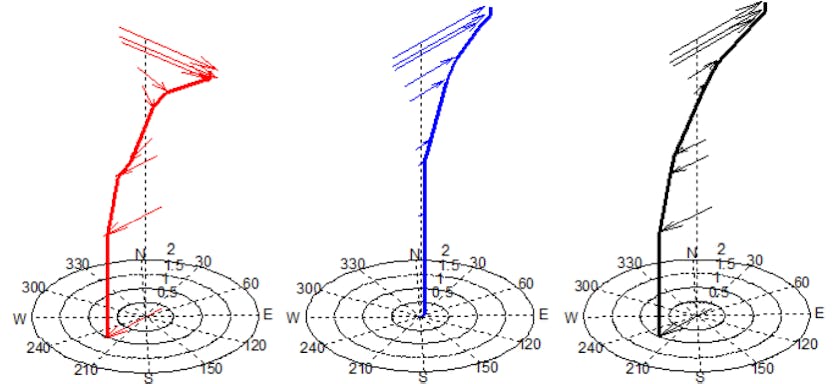Developing an SCR Digital Twin Using Machine Learning
Machine learning is an enabling technology that can be used in the structural design, integrity management and life extension of riser systems, to better predict in-service response faster and with less input data streams. While in-field riser strain or motion monitoring provides direct indication of riser fatigue and strength performance, direct structural monitoring of these systems has been limited in offshore deployments and is not often used for every riser system on a production vessel. This is due to the high perceived capital or operational costs of direct subsea monitoring when deployed on every riser to reliably monitor over the entire service life. A lack of known structural response in service can result in qualitative inspection planning, conservative fatigue predictions and reduced asset utilization. Machine learning provides an alternative, low cost approach for life-of-field riser monitoring and predictive inspection planning.
1 Nov 2019
Author
Shankar Sundararaman
Senior Principal Engineer
About
Shankar Sundararaman is a Senior Principal Engineer with 2H Offshore. He has over 15 years' experience in the oil and gas industry, including design and numerical analysis of riser systems (drilling and completion risers, TTRs, SCRs, flexible risers), tendons, jumpers (rigid and flexible), machine learning (including digital twins) and cloud computing, structural health monitoring, drill string systems, drilling engineering analysis, and vibration analysis. He also has over 20 years engineering and R&D experience with numerical analysis, scientific computing, and finite element analysis. He has 5 granted patents, over 25 publications in international journals, conferences, and book articles, and presented at several international conferences. He has an undergraduate degree in Naval Architecture from IIT Madras, masters and doctoral degrees in Mechanical Engineering from Purdue University and is a Licensed Professional Engineer (Naval Architecture) in the State of Texas.
Insights
During this webinar, we will describe the use of machine learning to develop a digital replica of real-life riser systems to aid in operational decision-making. A steel catenary riser (SCR) structural digital twin is developed to calculate stresses in the time domain at the fatigue hot spots and high stress locations along the riser, including the touchdown zone (TDZ), based on the platform motions and environmental loads that are typically observed in the field.
Learning Outcomes:
How the application of machine learning can help to provide a more accurate assessment of the remnant life of risers and assist with life extension and operational planning
How to develop an SCR structural digital twin at "hot spot" locations along the riser using simulation (FEA) data, measured platform motions and environmental loads
How to assess the accuracy of fatigue life predictions from a machine learning model
This webinar is ideally suited for riser engineers, asset integrity engineers/managers and those wanting to increase their knowledge in how to approach life extension of dynamic offshore structures.
Author
Shankar Sundararaman
Senior Principal Engineer
About
Shankar Sundararaman is a Senior Principal Engineer with 2H Offshore. He has over 15 years' experience in the oil and gas industry, including design and numerical analysis of riser systems (drilling and completion risers, TTRs, SCRs, flexible risers), tendons, jumpers (rigid and flexible), machine learning (including digital twins) and cloud computing, structural health monitoring, drill string systems, drilling engineering analysis, and vibration analysis. He also has over 20 years engineering and R&D experience with numerical analysis, scientific computing, and finite element analysis. He has 5 granted patents, over 25 publications in international journals, conferences, and book articles, and presented at several international conferences. He has an undergraduate degree in Naval Architecture from IIT Madras, masters and doctoral degrees in Mechanical Engineering from Purdue University and is a Licensed Professional Engineer (Naval Architecture) in the State of Texas.



